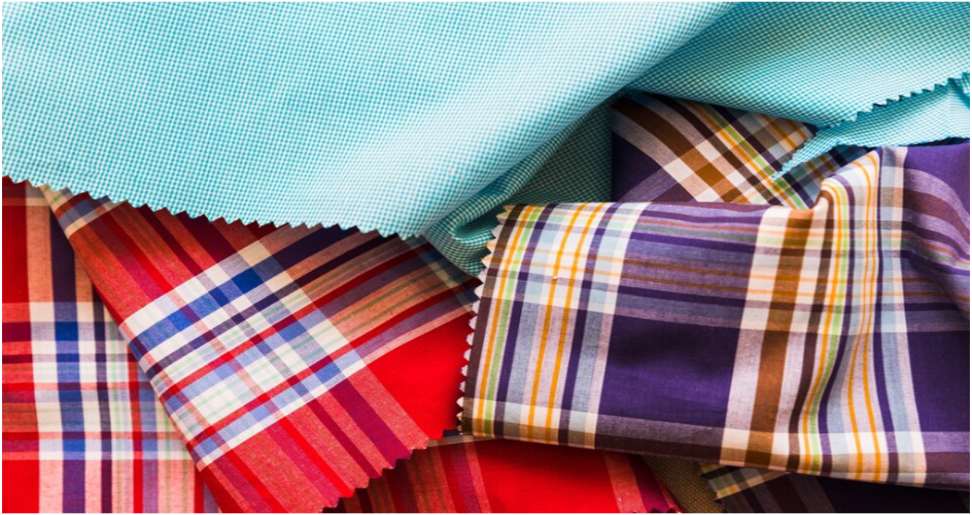Choosing the right fabric is one of the most crucial steps in quilting. Whether you’re a seasoned quilter or a beginner, the fabric you select can significantly impact the look, feel, and durability of your quilt. With a vast array of options available, making the perfect choice can be overwhelming. This guide will walk you through essential tips and current trends to help you choose the best quilting fabric for your next project.
Understanding the Basics of Quilting Fabric
Before diving into tips and trends, it’s important to understand what makes a good quilting fabric. The fabric’s quality, weave, and fiber content are all factors that contribute to the final outcome of your quilt.
Fiber Content
Most quilters prefer 100% cotton fabric. Cotton is durable, breathable, and easy to work with, making it the ideal choice for quilting. Its natural fibers allow the fabric to soften with each wash, which enhances the comfort of the quilt over time. However, other fabrics like linen, wool, and even silk can be used for specific effects or projects, although they may require more experience to handle effectively.
Fabric Weight and Thread Count
The weight of the fabric refers to its thickness, which is determined by the thread count. A higher thread count usually means a finer, more tightly woven fabric, which is preferable for quilting. Quilting fabric typically falls in the medium-weight category, with a thread count of 60 to 75 threads per inch. Fabrics that are too light or too heavy can affect the quilt’s structure and drape.
Pre-Washing and Shrinkage
One essential tip is to always pre-wash your quilting fabric before cutting it. Cotton fabrics can shrink after washing, and pre-washing ensures that any potential shrinkage occurs before you sew the pieces together. Additionally, pre-washing helps remove any chemical finishes applied during manufacturing, making the fabric softer and easier to handle.
Tips for Choosing the Right Quilting Fabric
Now that you know the basics, here are some practical tips to guide your fabric selection process.
1. Consider the Quilt’s Purpose
The purpose of the quilt should guide your fabric choices. For example, if you’re making a baby quilt, you’ll want soft, washable fabrics in soothing colors or playful prints. On the other hand, a wall-hanging quilt might benefit from bolder colors and intricate patterns. Always think about how the quilt will be used and choose fabrics that match its intended purpose.
2. Coordinate Colors and Patterns
When selecting quilting fabric, color coordination is key. Start by choosing a focal fabric with a pattern or color scheme you love, then select coordinating fabrics in complementary colors or patterns. Pay attention to the fabric’s scale—mixing small, medium, and large-scale patterns can create visual interest and balance.
3. Test the Fabric’s Hand
The “hand” of the fabric refers to how it feels when you touch it. A fabric that feels stiff or rough may be more challenging to work with, while a fabric with a soft, smooth hand will be easier to cut, sew, and quilt. Always feel the fabric before purchasing, and if you’re buying online, read reviews or ask for a fabric swatch to test it out.
4. Think About Fabric Durability
Durability is an important consideration, especially if the quilt will be used frequently. Fabrics that are tightly woven and made from high-quality fibers will withstand wear and tear better than loosely woven or low-quality fabrics. If you’re unsure about a fabric’s durability, consult with other quilters or the staff at your local fabric store.
Current Trends in Quilting Fabric
The world of quilting fabric is constantly evolving, with new trends emerging each year. Here are some of the latest trends to inspire your next project.
1. Sustainable Fabrics
With a growing emphasis on sustainability, many quilters are turning to eco-friendly fabrics made from organic cotton, recycled materials, and natural dyes. These fabrics not only reduce environmental impact but also offer unique textures and colors that add character to your quilts.
2. Bold Prints and Bright Colors
Bold, oversized prints and vibrant colors are making a splash in the quilting world. These fabrics can serve as the centerpiece of a quilt, adding a modern, artistic flair. Whether it’s large florals, geometric designs, or abstract patterns, these fabrics make a statement and can transform a simple quilt into a showstopper.
3. Minimalist and Neutral Palettes
On the other end of the spectrum, minimalist designs and neutral color palettes are also trending. Quilters are embracing the “less is more” philosophy, using solid colors or subtle patterns to create clean, modern quilts. Neutral fabrics in shades of gray, beige, and soft pastels are particularly popular for creating sophisticated, timeless quilts.
4. Mixing Textures
Texture is becoming an increasingly important element in quilting. Quilters are experimenting with mixing different fabric textures, such as pairing smooth cotton with plush velvet or adding a touch of metallic fabric for a bit of shimmer. This trend adds depth and interest to quilts, making them visually and tactilely engaging.
Conclusion
Choosing the perfect quilting fabric is both an art and a science. By understanding the basics, considering the quilt’s purpose, and staying informed about current trends, you can select fabrics that not only suit your project but also elevate it to new creative heights. Whether you’re drawn to sustainable fabrics, bold prints, or minimalist designs, the right quilting fabric can transform your quilt into a true work of art. Happy quilting!
Read Also:

